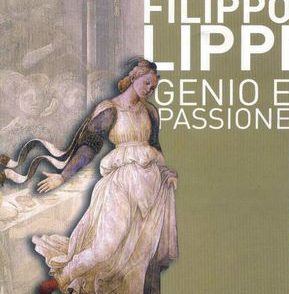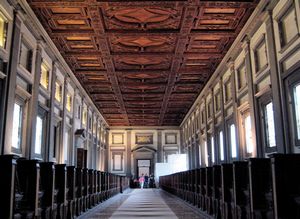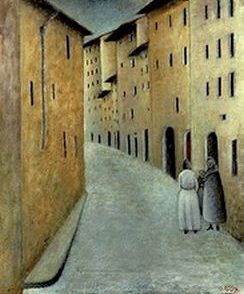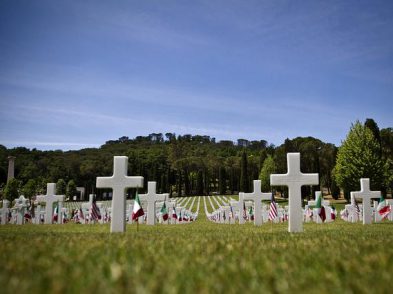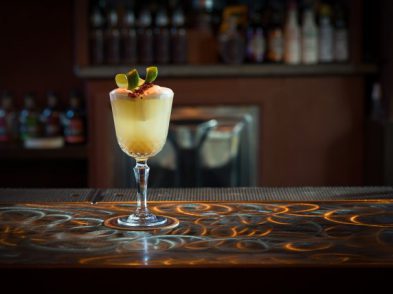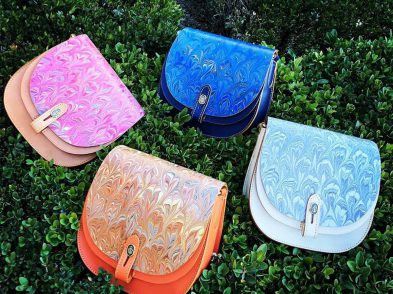Jason Arkles is the first American to have a sculpture on permanent public display in Florence, an honor in arguably the greatest city in the world for art history. His sculpture of St. Mark now occupies one of the most prominent niches in Florence, on the front of St. Mark’s Anglican Church on via Maggio, empty for 127 years because an old Tuscan law prohibited ‘Protestant proselytizing’. The sculpture, which Arkles donated to the church, was unveiled and consecrated on 13 April 2008.
What does it feel like to be the first American with a permanent public sculpture in Florence?
It’s been so much hard work followed by so much anxiety over the installation and all of the things that could go wrong-fortunately nothing did. Now I have a big emotional vacuum. I feel completely relaxed.
It’s amazing that I am the first American to have such a monument. There have been so many Americans studying and working here; it’s shocking that none of their work was displayed more prominently. So it’s a great feeling and at the same time a little disappointing that I am the first one.
How did you go from working in theatre in Jackson, Michigan to being a sculptor in Florence?
A dozen small forks in the road and random chance! People I have met, more than my own choices, have played the biggest role. I studied theatre at Michigan State University then moved to North Carolina to join a professional theatre group. I decided to apply to a theatre school in France. On the flight to Paris, I met a steward who suggested that I could stay in a bookstore there called Shakespeare and Co. if I was willing to open and close the store. So I did. While I was there, I met some street performers. Street performance is something I always wanted to do, and when I didn’t get an audition for the school, instead of returning home, I traveled Europe as a street performer. One of the performers was from Edinburgh, and his brother happened to be one of the studio assistants working at Charles Cecil Studios in Florence. When we came to Florence, we checked out the school. The other street performers moved on after four days, but I stayed.
Where did you learn how to carve marble?
I learned how to carve marble in Pietrasanta in 1998. I had been a stonemason in the United States for approximately five years before that, so I had a head start when I was learning to carve.
What’s so special about Pietrasanta?
Pietrasanta is a stone-carving community. Most carving is done outdoors, under a canopy of some sort. It’s too busy and hard to move that much weight inside and outside. Raffaelo Romanelli, who owns the carving bottegha, has given me a tremendous amount of help in making this project possible. He let me use his studio in Pietrasanta and let me park my camper on his lot, where I carved the marble.
What is your method of working?
I was trained at a school that teaches naturalistic painting. The goals I try to achieve in my work are similar to a painter’s. Like Valesquez, Titian, or Van Dyke, I try to be correct in observation, draftsmanship, tonal values, colors, at the same time blending in and softening less important parts of the work so that it directs the viewer’s attention to the more important parts of the work. Naturalism is painting or sculpting what seems to be rather than what is actually there-nature sifted through a consciousness.
And how did you achieve those goals in your sculpture of St. Mark?
On St. Mark, the detail is left out on the braid of the rope around his ankles or wrists. I didn’t want to pull focus away from the torso and general rhythm of the pose because that’s not how your eye sees a work like that. The details don’t jump out at you. I wanted it to work as an entire piece.
What do you hope your sculpture conveys?
It is a culmination of everything Mark represents. He was martyred by being dragged through the streets of Alexandria, in Egypt, where he was the first bishop. That’s why he has ropes around his ankles and wrists. He is a gospel writer, of course, and that’s why he is holding the papyrus scroll on which are the first four versus of the Book of Mark. His is an aggressive gospel, so in the sculpture he’s stepping out of the niche, down to the street. His head is leaning out, and he’s looking down and to the left, towards Ponta Trinita, making eye contact with the people on via Maggio. So it’s confrontational. He’s a young Mark, too, not another bearded prophet in a toga.
What effect do you think your sculpture will have on St. Mark’s?
First and foremost, my hope is that the church directly benefits by having a bit of a calling card. When I tell people that I’m working on a sculpture for the niche at via Maggio, they say ‘Where’s that? I walk down via Maggio every day; there’s no church there’. It looked like just a palazzo with an empty niche. Yet it’s a beautiful church. It’s the most important church decorated in the Pre-Rafaelite style outside of England. It is, and has been for centuries, an important part of the English-speaking subculture in Florence. I hope the sculpture boosts attendance and raises the presence of the church.
What are the steps in carving a sculpture like this?
You start in clay and then you make a plaster cast because clay dries and shrinks. You use calibers to make measurements, and you can enlarge or reduce it. The clay version of St. Mark is 40 percent of the finished version. There’s a lot more freedom in carving the life-size version, but the phrase ‘set in stone’ has a very real meaning when you are carving in marble. If you decide to change the nose, you can’t change it back. Carving requires a certain amount of bravery. It tests your confidence.
What’s your connection with St. Mark’s Anglican Church?
I’m a member. I love the community there. When I found out they were doing some renovations on the building, I went and spoke to Father Lawrence McLean and suggested I could make a donation of a marble statue if he didn’t already have someone in mind. He asked ‘Where have you been for the past four years?’ It was a perfect marriage of want and need.
How do you divide your time between teaching at Charles Cecil and sculpting?
When I’m at school, that’s what I do. I have been getting more and more work over the last few years, so I take breaks to do commissions.
What’s your next project?
I have a couple of commissions back in the States. One is for a fountain and one is a statue of a knight in armor, in bronze, to commemorate the US Army’s parachute team, the Golden Knights. I hope to have a more permanent presence in Florence, eventually to open my own studio and become as much a part of Florence as I can.

